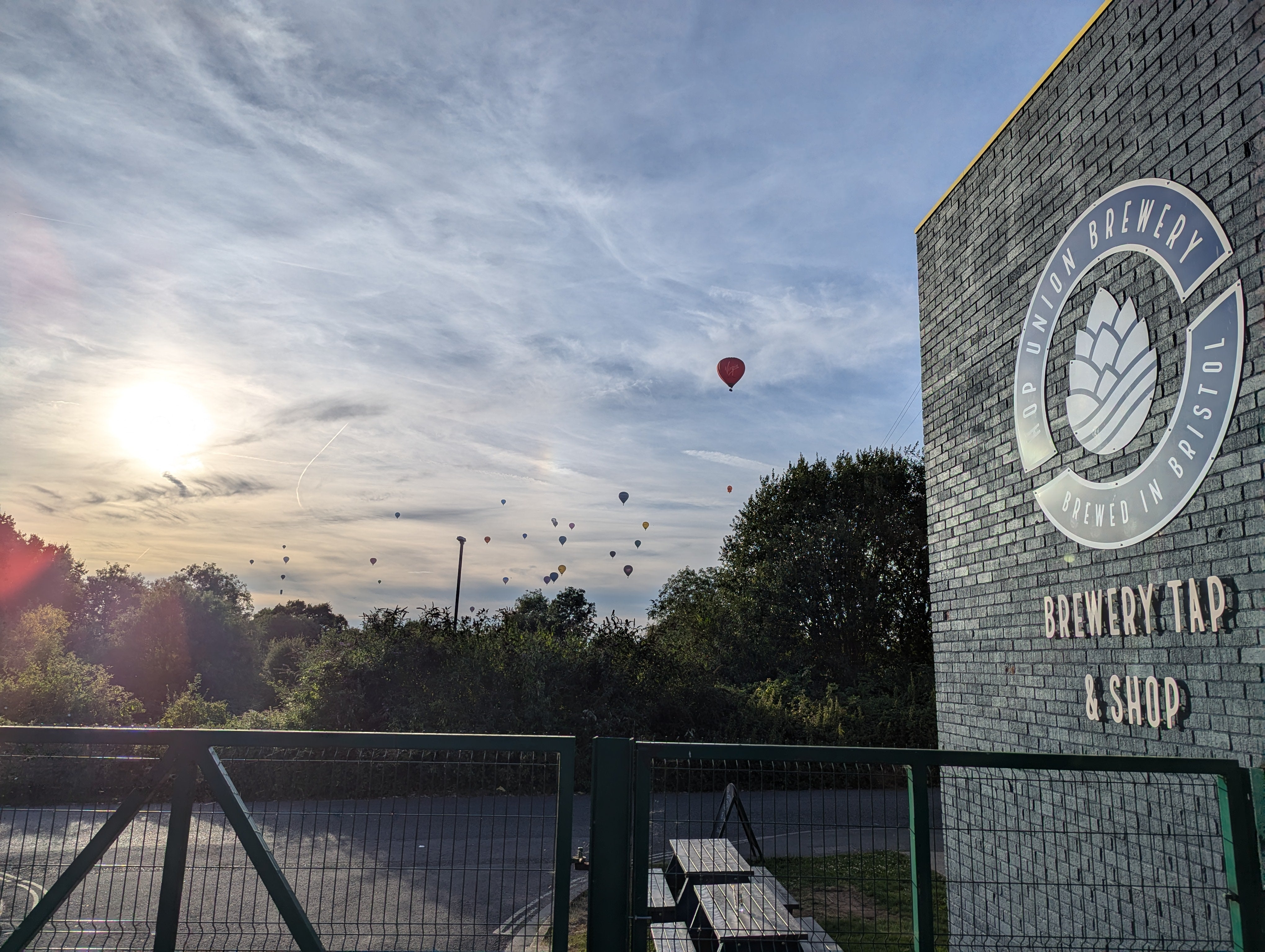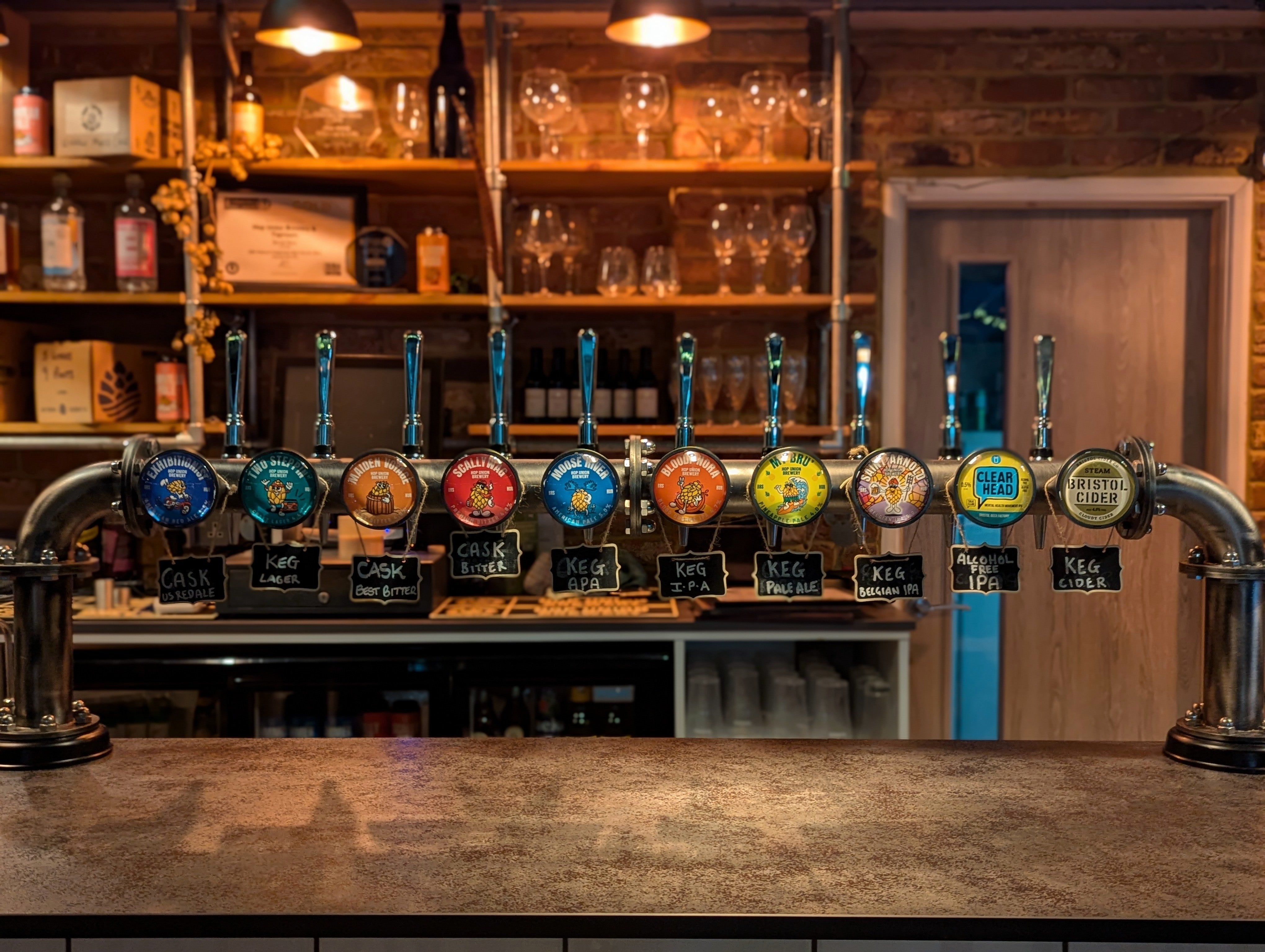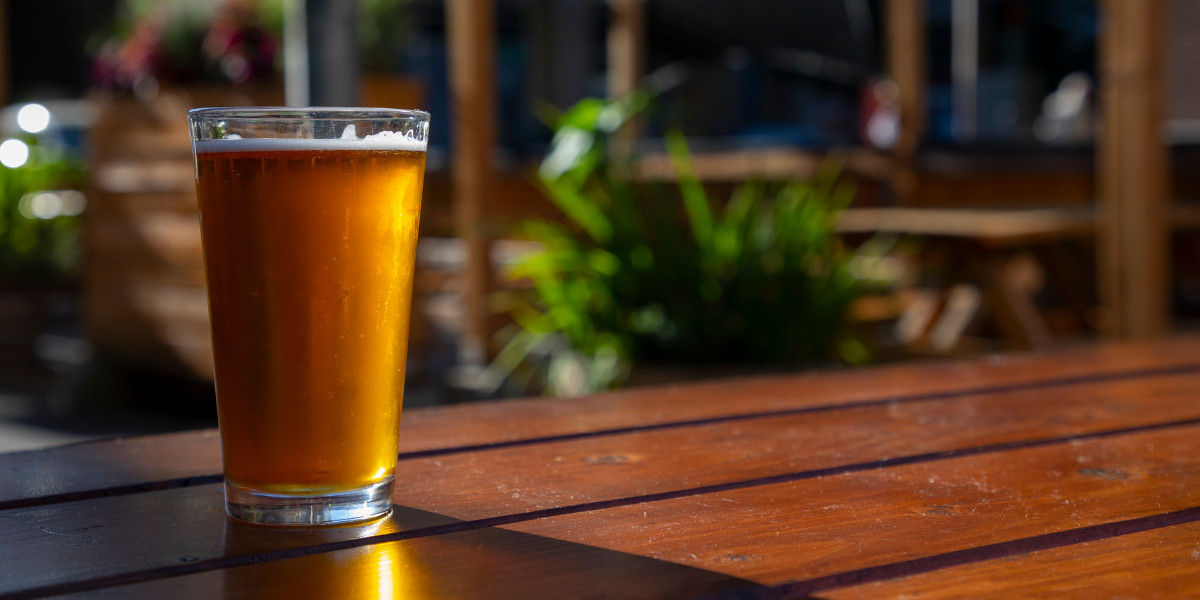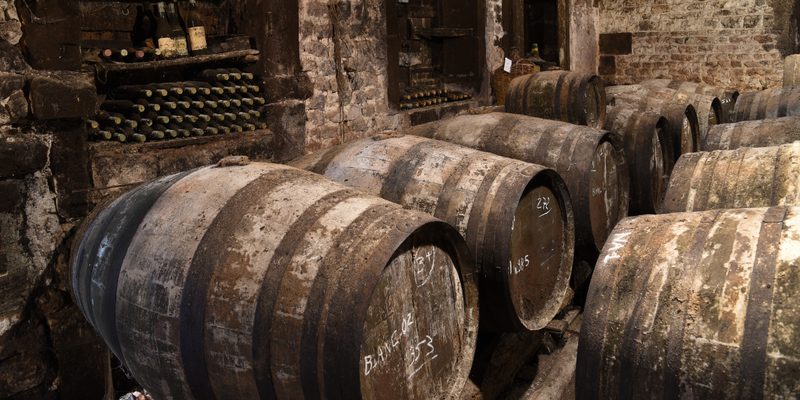A visit to most craft beer bars today reveals a perplexing variety of IPA selections, such as hazy, juicy, double, West Coast and session brews. But what exactly is an IPA? Where did it come from? The IPA stands as a celebrated yet contentious style within the beer community.
The IPA beer style stands out due to its bold hop flavour profile along with its extensive historical roots and ongoing evolution. Throughout centuries from its 18th century origins to today's craft beer supremacy, the IPA has experienced multiple transformations and periods of experimentation and obsession. We’re going to explore the origin story of this legendary beer style.
A Brief History of IPA
To grasp the origins of IPA we must examine 18th century Britain, when the British Empire was at its peak. British forces and settlers in India required beer but traditional English ales would spoil during the lengthy sea journey through tropical areas.
The solution? Hop it up.
Brewers developed more potent pale ales by increasing both hops and alcohol levels. The preservative quality of hops and their bitterness prevented beer spoilage throughout its transportation journey. The new export ale style became popular and earned the name India Pale Ale because it referenced its target destination instead of its origin.
Although the precise origins of IPA remain debated because it was not specifically invented in India, this beer style became a strong travel ready option by the early 1800s. Consumers favoured this beer for its refreshing nature in warm weather, alongside its pleasing level of bitterness.
The Great Hop Revival
IPAs lost their prominence during most of the 20th century. In the United States mass market lagers and milder ales became the dominant beer choices. The craft beer movement from the 1970s through the 1980s revived the popularity of the IPA.
American brewers who enjoyed bold flavours and experimentation developed a passion for domestic hop varieties, such as Cascade, Centennial and Citra. These hopping ingredients delivered strong pine, grapefruit, mango and resin notes which contrasted sharply with the balanced flavours of traditional English styles.
The IPA became the main beer style for breweries worldwide as the craft beer movement expanded. The IPA has now diversified into multiple sub styles which present distinct experiences for drinkers who explore hops.
What Makes an IPA an IPA?
An IPA starts as a pale ale with increased hop content and typically shows a higher alcohol percentage within the 5.5–7.5% range. Beneath its basic definition exists an extensive range of variations.
Hops are the star ingredient in IPAs. The beer derives its characteristic bitterness, aroma and complex taste from hops. But hops are incredibly diverse: The variety of hops ranges from citrus flavours to piney notes, while others provide floral or tropical tastes and some offer earthy undertones. The flavour profile of an IPA ranges from sharp bitterness, to soft juiciness based on both the types and brewing times of hops used.
Popular IPA Styles Today
The IPA category's rapid expansion has led to an increase in the variety of styles available. These represent several IPA styles you'll probably come across.
1. English IPA
The original. This beer features earthy and floral notes and maintains balance while presenting robust malt flavours alongside controlled bitterness levels. The English IPA is not as intense as American IPAs but remains wonderfully enjoyable to drink.
2. American IPA
American IPAs deliver a vibrant burst of citrus and pine elements. American IPAs feature a drier and more bitter taste than English IPAs while maintaining a lighter malt profile which enhances the hop flavours.
3. New England IPA (NEIPA)
These IPAs receive the "hazy IPA" label because they provide a juicy taste and softness while maintaining low bitterness. Think mango smoothies with a kick. Specific grains combined with late hop additions produce their cloudy appearance.
4. Double/Imperial IPA
These beers deliver higher potency and richer taste profiles while maintaining ABVs that exceed 8%. The strong hop aroma combined with warming alcoholic warmth and deep bitterness indicates this brew exceeds beginner level.
5. Session IPA
This beer type offers the same hop flavour but less alcohol content under 5%. This brew suits extended social gatherings and afternoons when you prefer taste without heavy drinking.
6. West Coast IPA
Crisp, clear, and assertively bitter. West Coast IPAs kickstarted the American craft beer movement and continue to be loved by traditional enthusiasts.
What makes an IPA polarising among drinkers?
IPAs tend to evoke strong opinions. The bold character of IPAs alongside their complexity and explosive hop flavours makes them popular among enthusiasts. The first craft beer that introduced many enthusiasts to the craft beer realm was often an IPA.
IPAs can come across as overly bitter or have a “soapy” flavour which some people find unpleasant depending on the hop variety utilised. The good news? The vast array of sub styles ensures that there is an IPA for every palate preference available even for those who claim they dislike IPAs.
How to Enjoy an IPA
Drink it fresh: Hops degrade over time. For optimal aroma and flavour IPAs must be consumed within several weeks of their packaging date.
Serve it right: Choose a tulip or IPA glass to preserve the hoppy aromas. The ideal temperature to serve IPA is slightly chilled between 7–10°C to maximise flavour.
Pair with food: IPAs love bold dishes. These beers pair well with spicy curries and burgers while blue or cheddar cheeses complement their flavour.
The Future of IPA
The IPA isn’t going anywhere. The IPA continues to explore new territory with variations like fruited IPAs and milkshake IPAs along with cold IPAs and hybrid styles that resist simple classification. Worldwide brewers maintain the freshness of IPA styles by developing new hop strains and brewing methods alongside creative partnerships.
No matter whether you're an experienced hop enthusiast or someone with new interest in IPAs, this represents the ideal opportunity to delve into the world of India Pale Ale. This beer style combines boldness with creativity and historical elements to become one of today's most vibrant movements in beer.
Final Sip
India Pale Ales have evolved significantly since their origins across the ocean. Originally serving as a way to keep beer fresh during long sea voyages, this beer style has evolved into a diverse field full with innovative experimentation and a strong community spirit. So next time you crack open an IPA, remember: Each sip of an IPA connects you to hundreds of years of brewing history while showcasing progressive ideas about beer's future potential. Cheers!
